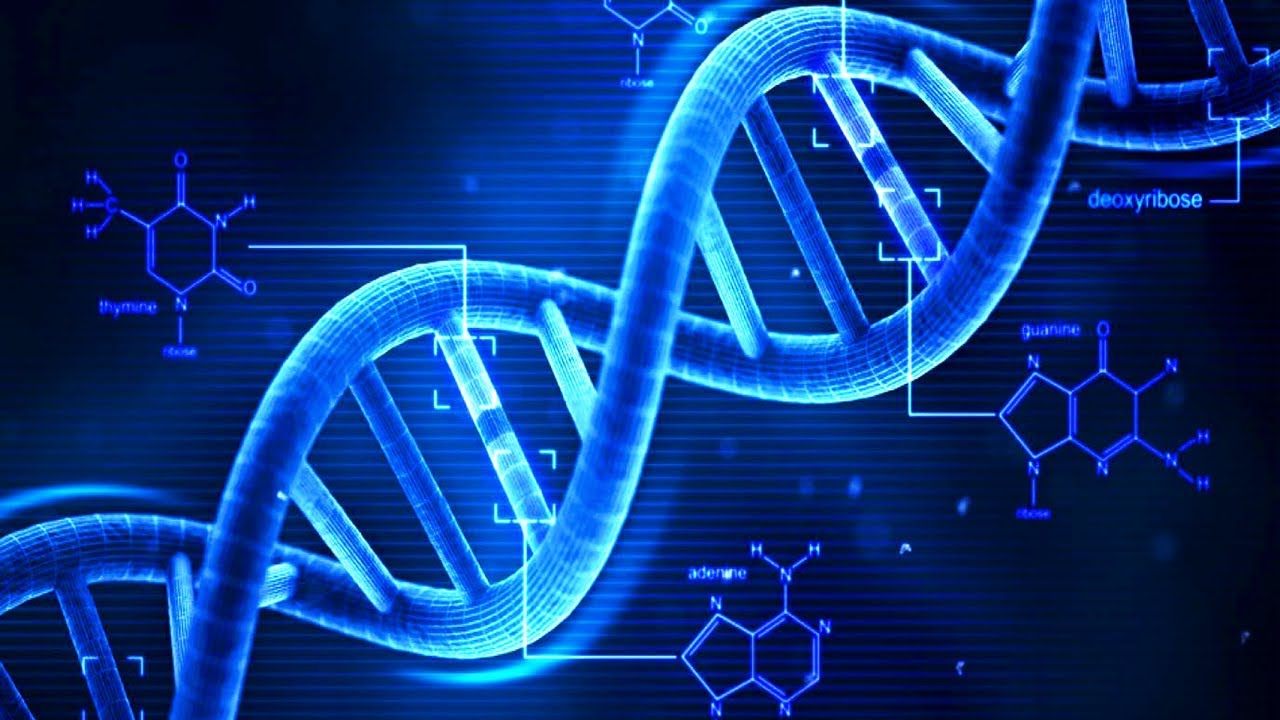Blog: The Virtual Noah’s Ark
Date 2.11.2018

Yesterday, The Wellcome Sanger Institute in Cambridge committed to decoding and recording the DNA of every known animal, plant, fungus and protozoa (single-celled organism) in the UK – amounting to 66,000 species.
Dr Jamal Nasir, Senior Lecturer in Genetics and Genomics, blogs about what this ambitious project means and how University’s such as Northampton are already preparing to train more researchers in this area.
Francis Crick, the Northampton born scientist celebrated for the discovery of the double helical structure of DNA, did not live long enough to witness the decoding of the entire 3 billion letter genetic code.
By contrast, Charles Darwin’s theory of evolution described in ‘The Origin of Species’ attracted mockery and hostility.
The paths of these two great visionaries are now beginning to merge. Beginning with the pioneering work of the double Nobel laureate Fred Sanger describing the technique for DNA sequencing – or ‘Sanger sequencing’ as it has come to be known – and more recent developments led by, amongst others, Craig Venter, another scientific pioneer and entrepreneur, the ability to sequence the entire genome is becoming routine and increasingly being introduced into the mainstream healthcare system as reflected in the ‘100,000 genomes’ project.
Amazingly, DNA sequencing enables us to see evolution in action. Comparing genomes (the complete set of genes or genetic material present in a cell or organism) of parents and offspring for instance, we see the presence of new mutations in the offspring. In fact, such mutations also arise during the lifetime of an individual.
These findings are beginning to answer long standing questions about the relationship between humans and other primates and about speciation in general. It is therefore fitting the Wellcome Sanger Institute has launched the ‘Tree of Life’ project to sequence the genomes of 66,000 organisms reflecting the rich diversity of life.
This, it is claimed, could have medical and commercial spinoffs, but is particularly timely when global industrialisation is leading to the extinction of thousands of species. However, stem cell technologies have already demonstrated that organisms can be cloned from a single cell, raising hopes for maintaining biodiversity which is so important for the future of this planet.
In their relentless pursuit of nirvana, researchers will continue to push the boundaries and seek new ways to apply DNA technologies driven by curiosity (and commerce) to gain further insights into issues such as the biology and genetics of optimum health and longevity (as opposed to disease) and what it means to be human.
As an example, research currently being undertaken in the University’s Faculty of Health and Society where I am based, is starting to look at the genetics of elite athletic performance and the genes underlying behaviour and personality. No doubt the developments in genomics overall will raise many questions leading to endless debates (and accuse scientists and researchers as ‘playing god’) but also push forward the frontiers of science perhaps even further than what Darwin and Crick might have envisaged.
Our BSc (Hons) Biomedical Science course at University of Northampton – beginning in September 2019, subject to validation – aims to capture these exciting developments and inspire the next generation of scientists and thinkers of whom Northampton can be proud.